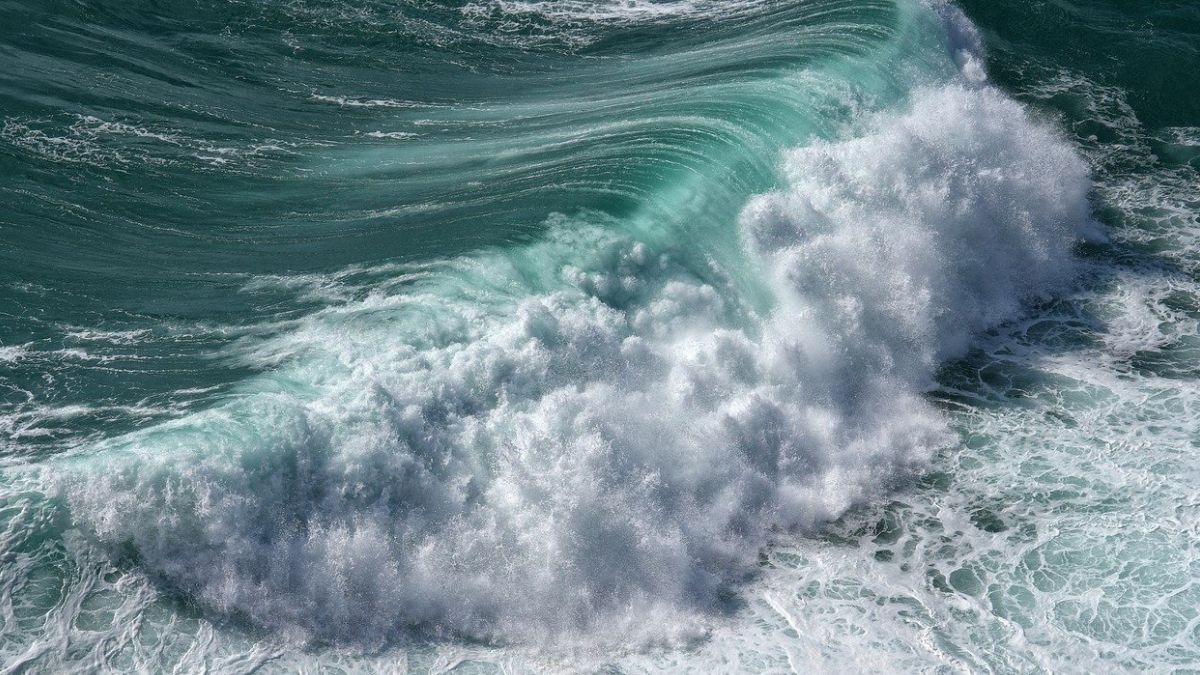Introduction
When we think of the Earth’s oceans, we typically recognize five main bodies of water: the Pacific, Atlantic, Indian, Arctic, and Southern Oceans. However, recent scientific discoveries suggest that there might be another ocean located deep beneath the Earth’s surface, fundamentally changing our understanding of our planet’s hydrosphere.
Discovery of the Sixth Ocean
Scientists from Northwestern University have uncovered the existence of a massive ocean located approximately 700 kilometers (around 435 miles) beneath the Earth’s crust, within the mantle. This newly discovered water source is astonishingly three times larger than all the surface oceans combined, leading researchers to reconsider the dynamics of water within the Earth.
Understanding the Earth’s Layers
To grasp the significance of this discovery, one must understand the structure of the Earth. The Earth is composed of three primary layers:
- Crust: The outermost layer, which is thin and supports all surface life, water, and soil.
- Mantle: Situated beneath the crust, this layer is composed of thick, hot rock and extends down towards the Earth’s core.
- Core: The innermost layer, believed to be molten, with extreme heat preventing the existence of solid materials.
How Was the Ocean Discovered?
The discovery of this underground ocean involved the innovative use of seismographs, sensitive instruments that detect seismic waves generated by earthquakes. By setting up a network of seismographs across America, scientists analyzed the behavior of seismic waves from more than 500 earthquakes. They observed a reduction in the speed of these waves in specific regions of the mantle, indicating the presence of water trapped within the rocks.
The Nature of This ‘Ocean’
Although this subterranean body of water may not resemble traditional oceans, scientists describe it as water trapped within mineral structures. This water is believed to play a crucial role in maintaining the stability of Earth’s surface oceans. Interestingly, if this trapped water were to be released onto the surface, it is theorized that the landscape would predominantly consist of mountains, drastically reshaping our world’s geography.
Significance of the Discovery
The discovery of this sixth ocean has profound implications for our understanding of the Earth’s geology and hydrology. It may influence theories regarding plate tectonics, mineral formation, and the overall water cycle. Furthermore, it raises questions about the Earth’s ability to support life and how this hidden reservoir interacts with the climate and surface water bodies.
Conclusion
The revelation of an underground ocean challenges our conventional views of Earth’s hydrosphere and underscores the complexity of our planet’s interior. As scientists continue to explore this fascinating discovery, we can expect advancements in our understanding of geology and its implications for the environment and life as we know it.
Summary Table
| Layer | Description |
|---|---|
| Crust | Thin outer layer containing water, soil, and life. |
| Mantle | Thick layer beneath the crust, containing trapped water and minerals. |
| Core | Innermost layer, molten with extreme temperatures. |
| Sixth Ocean | Massive body of trapped water in the mantle, larger than all surface oceans combined. |










